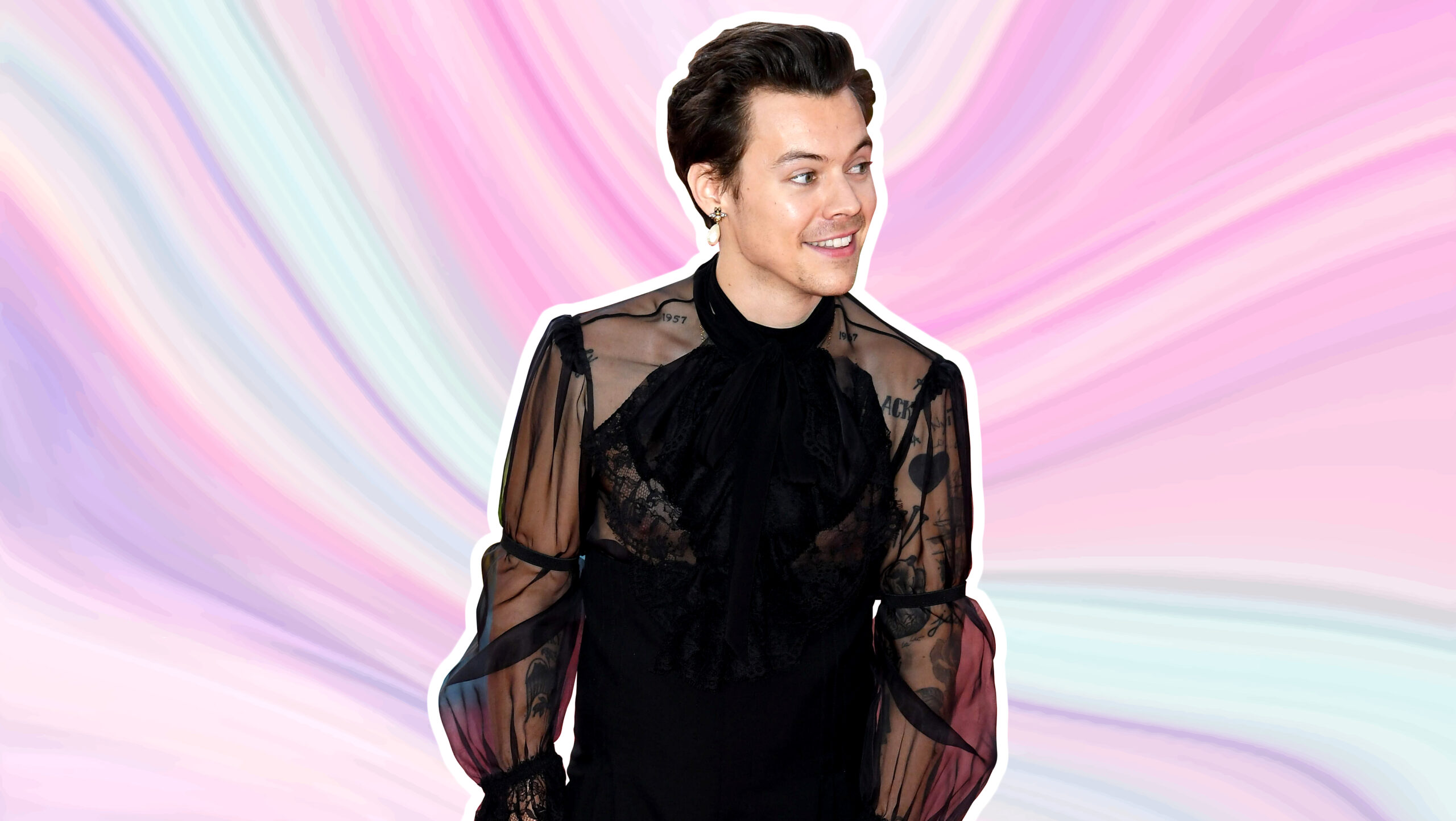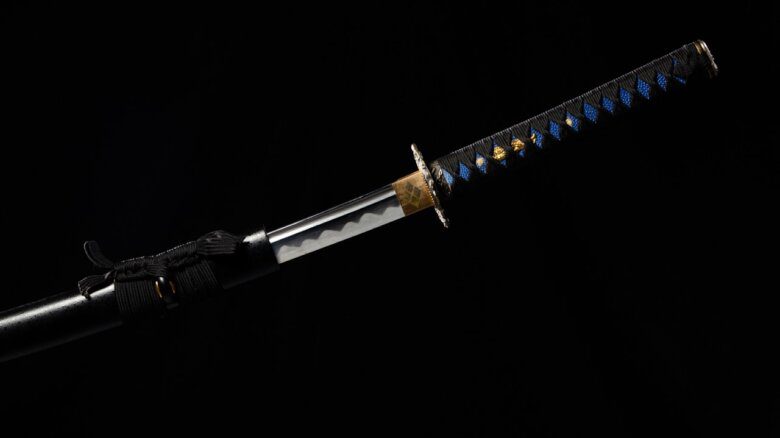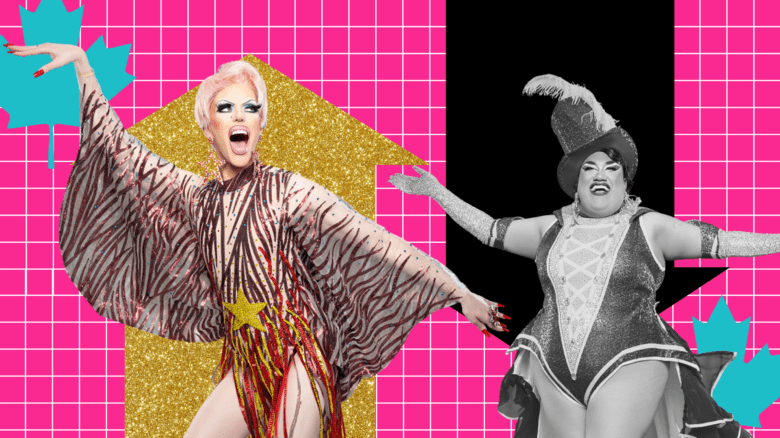This summer, with much fanfare, Gucci released its first “universal” fragrance. The scent, “Mémoire d’une Odeur,” is the first perfume from the luxury brand to be intentionally marketed as being “beyond” gender. Its campaign imagery prominently features former One Directioner Harry Styles, along with a bevy of artists and models cavorting around Roman ruins.
Styles, speaking to Dazed Digital, says that the new Gucci fragrance “transcends gender.” In that same article, the fragrance and campaign is variously referred to as “non-binary,” “gender-bending,” “unisex” and “inclusive.” But as I looked over the promotional images, I struggled to find much that seemed different — or anything that spoke to the historical or contemporary experiences of non-binary people. Instead, I saw a bunch of thin, tired-looking, mostly white people in conventionally gendered vintage clothes, shot to look like they’re part of a hazy 1970s scrapbook outtake. The models were dressed in floral prints, flowing sleeves, floppy fascinators, tight denims and plush velvets. Nothing about it felt particularly trans anything, let alone transcending gender.
In 2019, it feels almost quaint to be surprised by the use and abuse of LGBTQ2 imagery and terminology by fashion brands. Two years ago, we survived Zayn Malik and Gigi Hadid being marketed as “gender fluid” in Vogue. (A representative moment in the story: “I shop in your closet all the time, don’t I?” asks Hadid, then-22, as she flicks a lock of dyed-green hair out of her boyfriend’s eyes.) We outlasted last year’s “Age of the Twink.” We’ve even outlived the 2010s heyday of gender-bending runways featuring men in skirts — “groundbreaking” lines that launched capsule collections yet never seemed to translate into substantively expanded options at the Gap or Old Navy.
“Are musks really so masculine, and florals so feminine, that a departure from the gender-segregated status quo constitutes some kind of non-binary statement?”
I’ve never been convinced of the merit of “gender-neutral” goods — what purpose do they serve besides augmenting a brand’s consumer audience, when the products themselves are rarely designed to actually accommodate different body types? The practice feels even more farcical when framed around this Gucci “universal” scent. What exactly makes a product, much less a scent, gender-neutral in the first place? Are musks really so masculine, and florals so feminine, that a departure from the gender-segregated status quo constitutes some kind of non-binary statement?
If recent years and the expansion of the online image-curation complex have brought any kind of remarkable change, it has been in the proliferation — on runways and online — of a particular and self-consciously “gender-fluid” aesthetic: professorial-style suits, bell-bottom pants, Victorian ruffles, colourful makeup, asymmetric silhouettes, puffy sleeves, explosive collars, loud prints and lush fabrics, necklines that either plunge or button up to the chin and vaguely “ethnic” statement jewelry. It is a collection that feels directly lifted from both Baroque paintings and 1970s nightclub photography. The visual references are almost always Eurocentric, as though created with a white audience in mind, and clearly designed for tall, thin bodies to make a statement when they stroll on set.
These styles are the core of the “non-binary aesthetic,” and they are oddly ubiquitous. Look at any one of Harry Styles’ public appearances, or even the much-maligned “gender-fluid” Vogue cover with Gigi and Zayn. You can spot the same trends in the branding of Harris Reed, in Ezra Miller’s red carpets, among the many cisgender models that decorate the Gucci fragrance campaign sets or on the Instagram of Gucci designer Alessandro Michele. There are even similar elements in the vintage-inspired aesthetic choices of non-binary celebrities like Jacob Tobia and Alok Vaid-Menon, who express their gender-fluid identities by dressing up like somebody’s racist, rich grandmother. Wherever you look for evidence of fashion’s apparent new-found fascination with gender neutrality, you find bits of early, Half-Breed-era Cher with hints of current-day Queen Elizabeth.
If anything, the contemporary trend of so-called non-binary visuals reveals just how much of our gender roles are reducible to matters of aesthetics. Of course, there’s utility in disrupting those aesthetics; it certainly makes my shopping experience a little easier as a non-binary person. But I wonder what it says that, in the face of such disruption, the status quo has managed to simply pivot and continue on as planned. Big brands have successfully co-opted these small acts of queer and trans rebellion to present their newly widened aesthetic options as groundbreaking. In so doing, traditional gendered notions of dress have managed not only to survive, but to thrive.
The introduction of labels like “non-binary” and “gender fluid” to the vocabulary of fashion and luxury branding has produced a plethora of misses and misuses. Gucci’s is a case where a brand that is unaffordable to most trans people is using a cisgender man with a reputation for feminine dress to market itself as “gender fluid,” “universal” and “non-binary.” It dovetails neatly with many other popular depictions of trans or non-binary people as essentially being men in women’s clothes, unsuitable women or a simple case of aesthetic confusion. The label “non-binary,” and the political demands that such a label ought to entail, have become so watered down and stripped of their material resonance that cisgender designers have managed to eloquently capture its contemporary meaninglessness.
“The contemporary trend of so-called non-binary visuals reveals just how much of our gender roles are reducible to matters of aesthetics”
And it’s not that queer, non-binary and trans folks aren’t available or haven’t done it right before. Designers big and small have incorporated transgressive elements in their work, and fashion has historically been a fertile terrain for queer and trans people, especially trans women, to earn fame and recognition — think Versace or Gogo Graham. When successful, brands have often drawn directly from queer and trans artists and performers — though generally without paying them their proper due, especially when those artists are Black and brown. Think of the many times creative teams have lifted concepts from the archival work of online Black fashion historian Rashida Renée, Fashion Nova’s history of ripping off Black designers or this year’s campy Met Gala, which was effectively an unattributed tribute to the legacy of Black queer art.
In fact, the comparative unoriginality of this mainstream so-called “non-binary” trend in fashion is even more obvious when held up against the inventive and outlandish stylistic choices of queer Black figures like Indya Moore, Janelle Monáe, EJ Johnson, Billy Porter or Lena Waithe. Even ostensibly straight and cis Black artists like Young Thug did it first, and better than Gucci’s “Mémoire d’une Odeur” (the man wore a dress on his album cover, for God’s sake). If we’re going to participate in the charade that gender-neutral designs do anything for queer or trans people, can we at least give Black artists credit? As non-binary people of colour have pointed out time and again, there is an increasing conflation of “androgyny” with “white” when it comes to the commercial mainstream. Once the time comes to make money and sell products under the label of gender fluidity, it seems that white (and thin) people end up front and centre — with the rare exception of some select non-binary celebrities like Tobia or Vaid-Menon.
Non-binary identity is understandably complex. But I wonder what kind of political work we can expect it to do when it is so easily reduced to mere aesthetics. Transmisogynists have made great strides by peddling the lie that trans women are simply men in dresses. So it should catch our attention when similar concepts are deployed to sell luxury perfume, even if they’re dressed up in prettier language. If non-binary experiences are only portrayed in the mainstream imagination by Eurocentric aesthetics, 1970s silhouettes and straight men in puffy sleeves, perhaps this is an indication that we have more work to do; simply demanding gender neutrality will not produce a future where non-binary people are recognized and respected for who we are and what we need to thrive.
It might be wise to start listening to what trans and non-binary folks are telling us: by framing gender fluidity or nonconformity as a mere aesthetic practice that can be taken on or off as needed, campaigns like Gucci’s reinforce the notion that our identities and experiences are phases — ones that pass like the moon, lingering just long enough to romance and inspire, only to be gone again tomorrow.


 Why you can trust Xtra
Why you can trust Xtra


